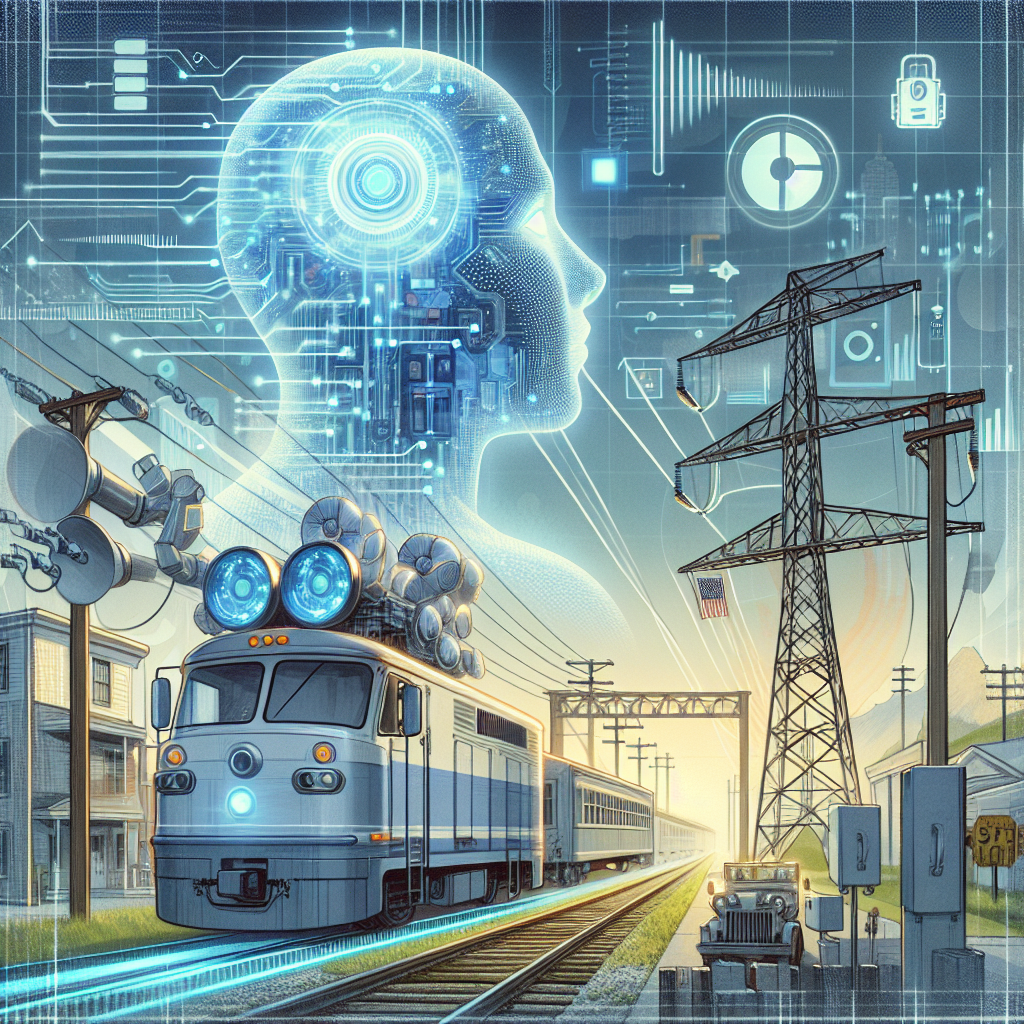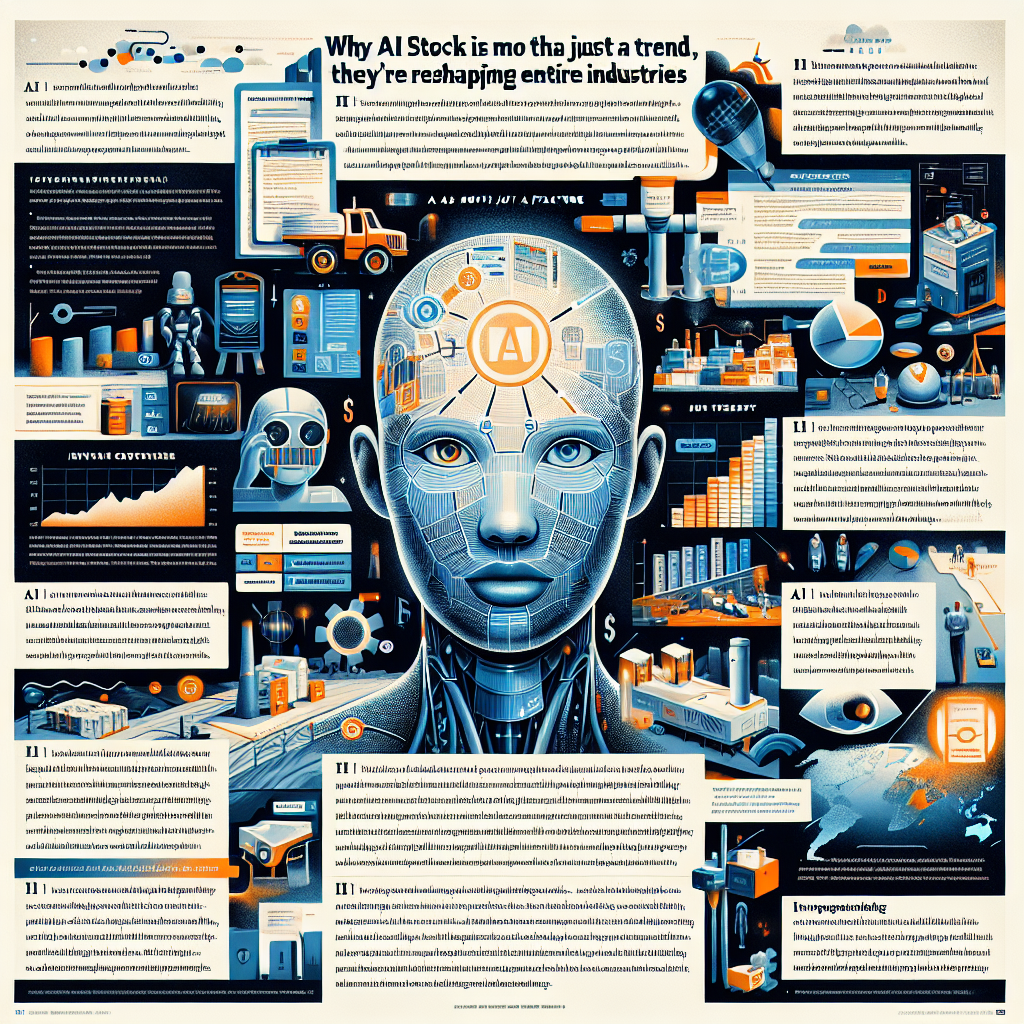Artificial intelligence is shaping up to be the most transformative force in modern history—disrupting industries, rewriting productivity benchmarks, and, if recent headlines are any indication, reshaping the workforce in uncomfortable ways.
Just this week, a wave of headlines surfaced about Tata Consultancy Services (TCS) laying off over 12,000 employees, with many wondering if America’s AI obsession is spreading eastward—and taking jobs with it. But is artificial intelligence really to blame for these mass layoffs, or is something deeper going on beneath the surface?
The Numbers: A Stark Wake-Up Call from TCS
Let’s start with the facts. TCS, India’s IT behemoth and the crown jewel of its tech outsourcing empire, is undertaking what has been called its biggest layoff event in company history. More than 12,000 roles—mostly senior and mid-level positions—are being eliminated. The natural scapegoat? You guessed it: Artificial Intelligence.
But here’s the twist: K Krithivasan, TCS’s CEO, insists AI is not to blame. According to him, the layoffs are a strategic “realignment” reflecting changing business realities and the need for leaner management layers.
“This is not about replacing people with machines. It’s about adapting to a new kind of client demand,” Krithivasan stated in a media briefing.
AI: The Convenient Boogeyman
It’s tempting to point fingers at AI. After all, automation and machine learning are disrupting roles from data entry clerks to junior programmers. But dismissing these layoffs as purely the result of AI is simplistic—and potentially misleading.
In truth, several converging forces are at play:
-
- Global economic uncertainty: Post-pandemic market volatility and inflation are pushing companies to reduce costs.
- Shifting client demands: Enterprise customers are no longer just looking for outsourced labor. They want digital transformation.
- Internal inefficiencies: Companies like TCS are trimming fat accumulated during years of unchecked growth.
- Shifting client demands: Enterprise customers are no longer just looking for outsourced labor. They want digital transformation.
- Global economic uncertainty: Post-pandemic market volatility and inflation are pushing companies to reduce costs.
AI may be accelerating these trends, but it is not the origin point. It’s a tool—sometimes wielded strategically, sometimes as a shield to deflect tougher criticisms about leadership or outdated business models.
Meanwhile, China Wants to Lead the AI Conversation
While Indian companies grapple with AI’s side effects, China is moving to take the reins on AI governance. On July 26, Beijing unveiled a bold proposal to create a global AI cooperation organization by 2025.
The goal?
To establish international norms, promote collaboration, and prevent AI from becoming a geopolitical pawn. It’s a stark contrast to the Western approach, where AI innovation often outpaces regulation.
This move isn’t just about diplomacy—it’s about control. China sees AI not as a threat to jobs, but as an opportunity to set the rules of the next digital era.
The Salary Paradox: When AI Gives, Not Just Takes
Interestingly, while AI seems to be pushing some out of work, it’s opening doors elsewhere. A recent Fortune study found that AI is responsible for an average $18,000 annual salary increase for workers who’ve integrated it into their jobs.
From marketing analysts using AI to generate reports faster to doctors using machine learning for diagnostics, AI isn’t just replacing people—it’s enhancing them. The key difference? Skills. Workers who augment their own capabilities with AI aren’t just surviving; they’re thriving.
So, What’s Really at Stake?
The question isn’t whether AI will kill jobs. It already is—just like the steam engine, the assembly line, and the desktop computer did. The real issue is whether we’re preparing workers—especially mid-career and senior professionals—for this brave, algorithmic world.
Companies like TCS need to do more than trim headcount.
They need to invest in upskilling programs that help their workforce evolve alongside technology. Governments should promote clear AI labor policies and support retraining initiatives. And global collaboration—like what China is touting—must focus not only on ethics, but also on economic transitions.
Final Thoughts: Less Panic, More Planning
Artificial intelligence isn’t some rogue villain eliminating jobs with ruthless efficiency. It’s a new tool with unprecedented potential—for those prepared to use it well.
The danger isn’t AI itself. The danger is failing to adapt while using AI as a convenient excuse. Industries, governments, and workers alike have hard choices to make. Blaming technology is easy; building a future that works for everyone is not.
And that’s the real challenge: not resisting AI, but responsibly embracing it.



